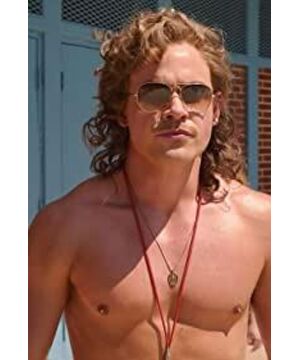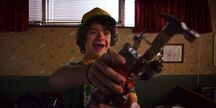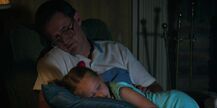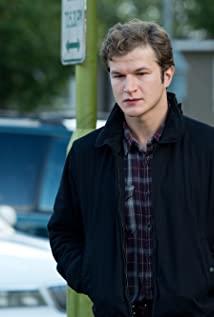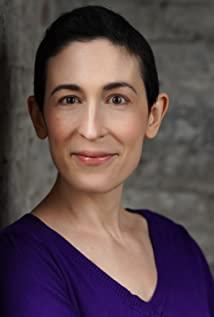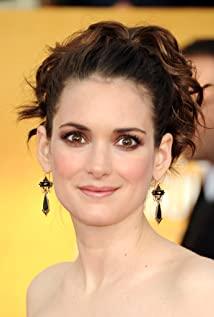As one of the most important hits in Netflix's self-produced dramas, "Stranger Things", which infiltrated the small-town culture of the 1980s, not only did not end up unfinished, but even emerged from the blue in some aspects. With their adoration of Steven Spielberg and Stephen King, Sean Levy and the Duffy Brothers offer adults today the perfect place to escape reality and look back on innocence by feature-length standards.
It is commendable to go to the third season of "Stranger Things" to more consciously correct the inadequacies of the series in the second season - especially the ("Hangover" style) self-repeating narrative mode - the first. The three-season "Stranger Things" intentionally reduced the horror element and added more traditional youth drama and commercial action content, so that each episode is no longer like a fragmented movie, but a more organized limited drama , which further opens up entirely new and disparate possibilities.
Of course, some characters inevitably have to stay out of the spotlight along the way, and this bias is evident in the writing as well: the emotional sidelines of adults stay put until they disappear, while teenagers learn to balance love with At the same time of friendship, it is actually only a passing pass on the surface. Only one scene of Will in the 8th episode is considered to have the intention of in-depth discussion.
However, serious and cruel youth does not seem to be suitable for these half-year-old children who are much loved by us: because they also have to use the guise of "The Devil's Flower", "Red Dawn", "Star Wars", John Carpenter's "" The Thing, George Romero's Zombies, James Cameron's Terminator, Robert Zemeckis' Back to the Future, to wake up middle-aged people who are stuck or greasy or bald child at heart.
That's because, while growth and progress are inevitable, that doesn't mean we can't childishly (watch others again) struggle and have fun.
Just as the "evil" shopping mall, the Shopping Mall, will impact the traditional commercial street, as long as it is properly operated, it is not a bad thing that the old is inferior to the new. The third season of "Stranger Things" is a typical example of such steady progress.
Unlike "The Clown's Soul" and "Cobra Club", which have similar atmospheres, "Stranger Things", which started the nostalgic trend of the 1980s, does not limit its attention to retro and revival, but uses fantasy and supernatural background settings. It points to a bigger world.
With the growth of several protagonists, the story of "Stranger Things" can finally turn from the adventure of a small town teenager to a more adult theme-that is, sex that may be late but never absent.
From the first season to the third season, teenagers enter the developmental period controlled by hormones in ignorance, and the plot and imagery related to sex also begin to surface.
If in the first two seasons, Xiao 11 with no obvious sexual orientation, an upside-down world channel that resembles an indescribable part of a woman, and the lack of a father figure are just a touch of water, then the third season of "Stranger Things" is a two-and-a-half-week reflexive twist: the adult world Sexual Repression - The fruitless relationship between Will's mom Joyce Byers and Sheriff David Harper, (cougar) Karen Wheeler and Billy Hargoff fail The sexual arousal of teenagers - Mike and 11 Youda and above's green romance, Dustin and Susie's radio long distance relationship, Robin's courageous, openness to her sexuality; and on the other side , There are Russian troops who sneaked into Hawkins Town thousands of miles away, using high-power lasers in the shape of male genitalia in an attempt to open the "gateway" to upside down the world; there are new types of mind flayers with monsters + celestial flowers + aliens + terminators, changing The jb monster that spit out tentacles.
Even deep in Billy's memory, we can see the traditional "Oedipus," resistance to patriarchy and attachment to the mother, further rationalizing the Oedipus complex.
Overall, if the second season of Stranger Things seemed too dark and fragmented, the twisted third season was much brighter, smoother, and more entertaining. What the children watch in the theater are still the old movies of the 1980s that American audiences have seen, and the children are still living in the American-style town that American audiences once experienced, living in a corner and worrying about food and clothing.
And the unrestrained imagination that has continued from the 80s to the present.
As the heart of the Duffy brothers, "Stranger Things" still has about two seasons to go in the foreseeable future, and it is unlikely that it will be like most American TV series. As seen in season three, the Duffy brothers and the writers have figured out the best way to continue to expand these distinctive protagonists and monsters without betraying the core of the series.
Whether it is to continue to fight monsters in another place, or to return to "history" and go to the Cold War, the same routine will definitely have a day when you are tired of watching and getting tired of it. But Season 3 of Stranger Things proved that monster invasions that seemed to come to an end and superpowers that seemed to come to an end weren't the only reasons audiences paid attention to and loved the series.
View more about Chapter One: Suzie, Do You Copy? reviews


